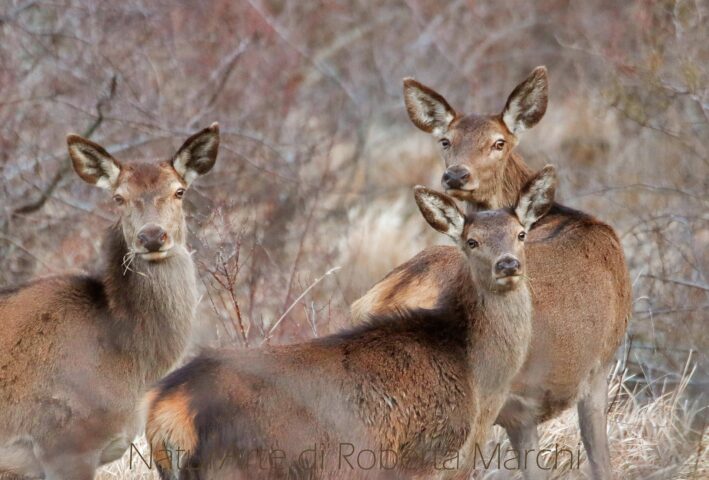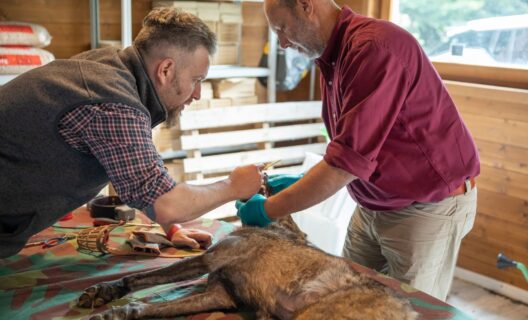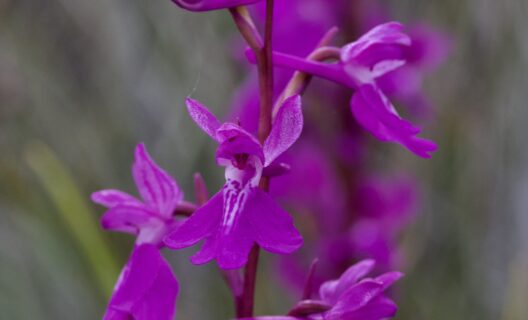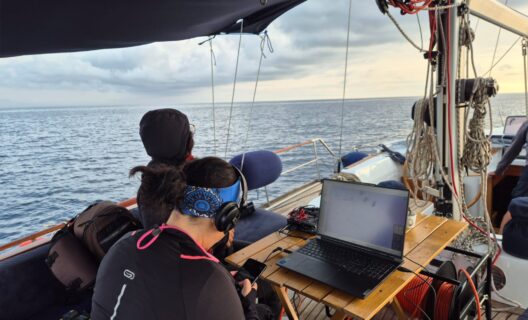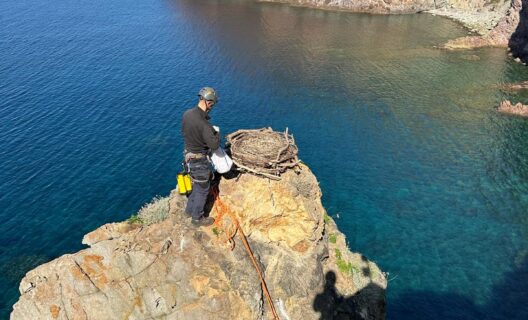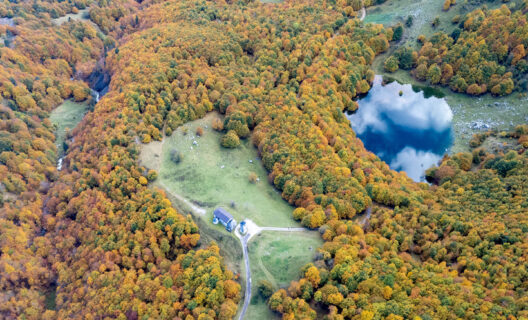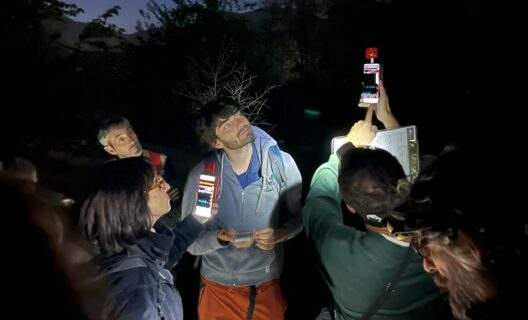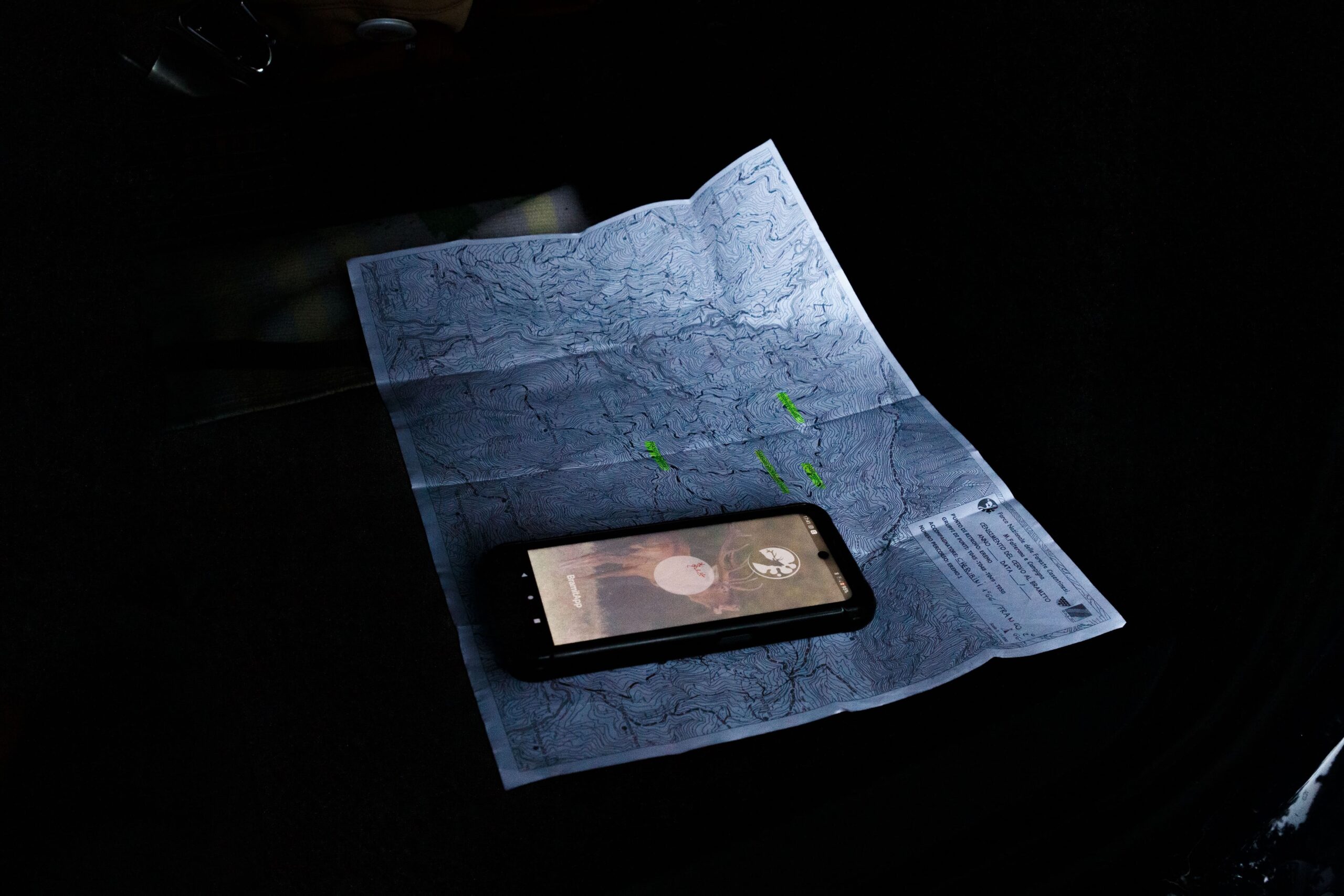
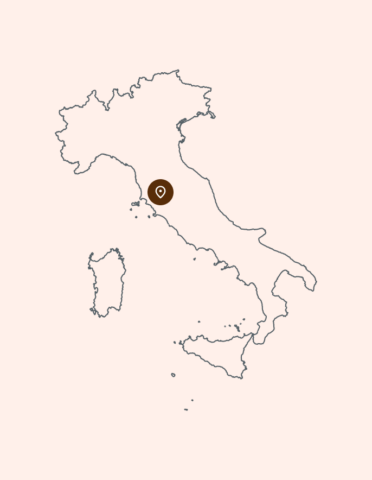
The Project. BramitAPP – Digitization of deer census using the bramble method was born in the Casentino Forests, Monte Falterona and Campigna National Park, and represents a decisive step toward innovation in wildlife conservation. It aims to transform a historical monitoring activity into a digital and replicable practice, integrating technology, public participation and science.
Keywords
Goals
Every autumn, during the mating season, the male deer (Cervus elaphus) emits the characteristic cry, the roaring. Since 1988, this behavior has formed the basis of an acoustic census method used in the Casentino Forest Park and subsequently adopted in many Italian protected areas. However, until now, the data were collected on paper, with all the critical issues involved: slow transcription, difficulty in sharing, and risk of errors. The challenge is to ferry this methodology into the digital dimension, preserving its effectiveness and enhancing its usability.
The objectives of the project
With an integrated approach between preservation and digitization, the project has the following objectives:
- Digitize the deer census, active since 2007, through an app (BramitAPP) and a dedicated web portal;
- Optimize the management of data collected from about 500 volunteers each year;
- Facilitating the organization of events of monitoring through digital management of enrollment and posts;
- Train staff in the use of digital tools;
- To realize a replicable system in other contexts by unifying the methodology on a national scale.
Stakeholders involved
BramitAPP is sponsored by the Casentino Forest National Park in collaboration with:
– ISPRA
– Carabinieri Biodiversity Department of Pratovecchio
– National Park Carabinieri Department
– Tuscany Region and Emilia-Romagna Region
– Union of Mountain Municipalities of Casentino
– Union of Municipalities Valdarno and Valdisieve
– ATC Arezzo and Forlì-Cesena
– Citizen volunteers from all over Italy

Dissemination of expected results
| Digitization of the deer census, made possible through the project BramitAPP, marks an important step forward in the wildlife monitoring in Italy. One of the main advantages is that data are collected and analyzed in a way that more accurate and faster: having information reliable quickly helps to better respond to changes in animal populations, thereby improving the conservation actions. Another positive aspect is the direct involvement of people. With the Citizen Science, in fact, citizens actively participate in censuses and contribute to the creation of scientific knowledge. This method increases the awareness about the environment, the sense of responsibility and participation in the defense of biodiversity.
In addition, digitization facilitates the use of this system in other territories. Parks and protected areas that already use the bramit method can adopt BramitAPP, making more homogeneous activities and facilitating the comparison of data collected in different parts of Italy. Finally, the use of the digital technologies enables the creation of a national monitoring network coordinated, where data on the presence and number of deer can be collected and analyzed uniformly. Having a Robust and consistent information system is the basis for protect biodiversity sustainably and effectively. |
Dissemination results
| The deer census scheduled for September 2024 will be an important time of transition to the full use of digital tools. During the days of the September 26, 27 and 28, they will directly compare the traditional paper-based method and the new app BramitAPP, to test in the field whether the digital tools are reliable and effective. This “bridge year” will serve to gather opinions and suggestions from those who participate, to test all the features of the app, and to improve the system with a view to final adoption scheduled for 2025. At the same time, the project provides a Clear strategy for sharing results. The data collected will be published in open format, to ensure transparency, ease of access and to allow other entities or researchers to use them.
Also planned are training events and workshops designed for technicians, administrators and volunteers, with the aim of imparting the skills needed to use digital tools and foster the dissemination of the project in other contexts. Special attention will also be paid to the communication and to the citizen involvement. Outreach activities will aim to reach more and more people, promoting the culture of conservation and the sense of belonging to the territory. In this way, digital transformation will not only be a technical issue, but also a cultural and social change. |
